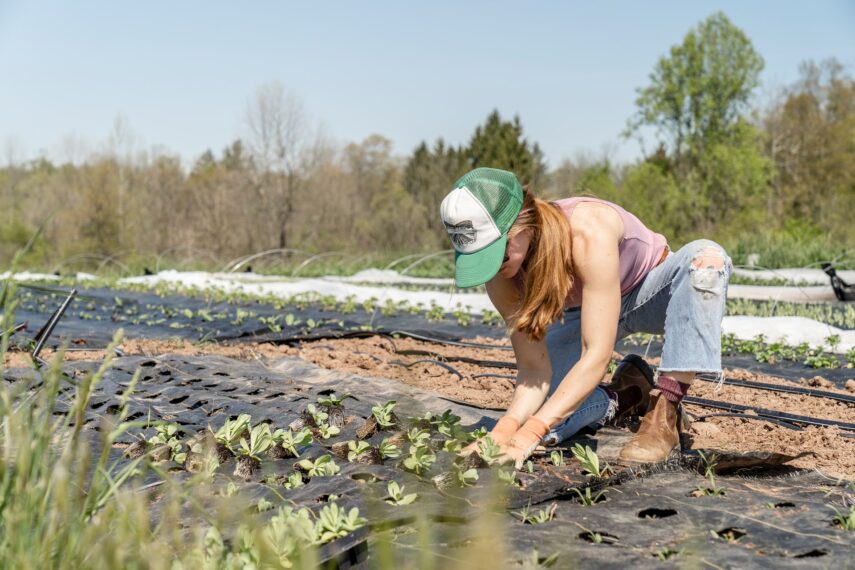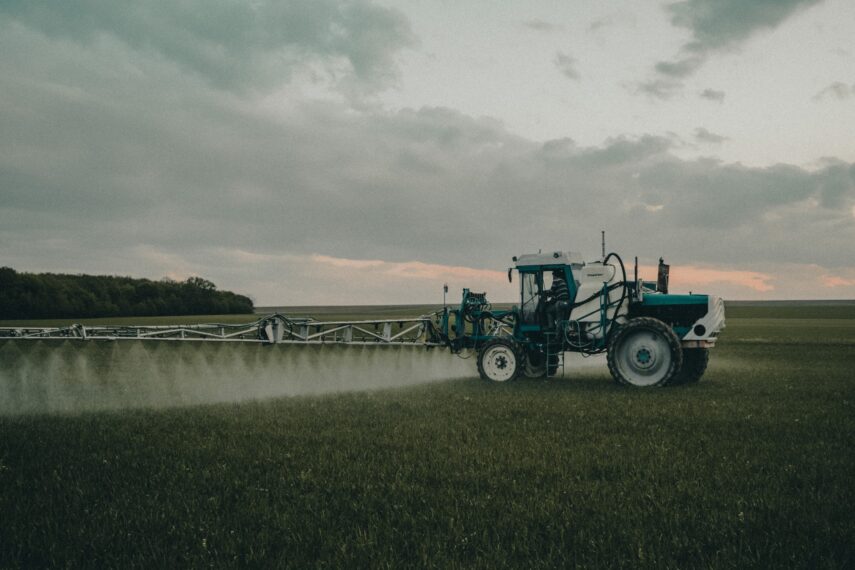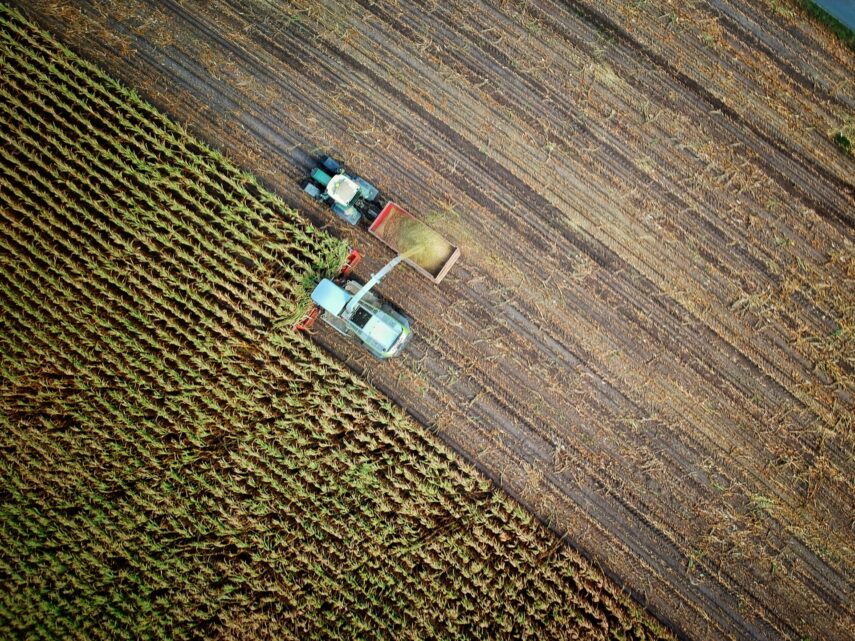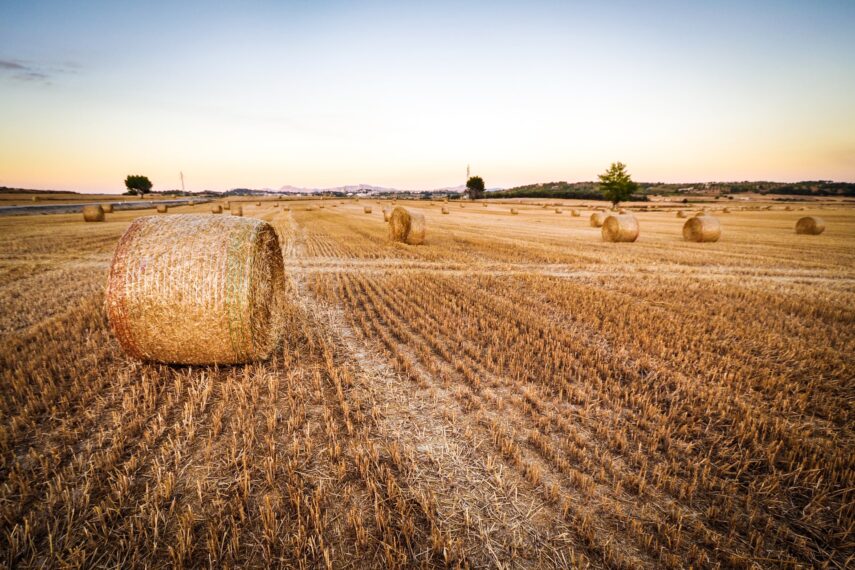Agriculture is one of the oldest practices of humankind that has fed civilizations and prevented us from starving. Like all other practices, it has evolved and become more efficient, feeding many more people. With the advent of the industrial revolution, we saw an exponential increase in business processes taking place on a vast scale. This created mega factories and farms, leading to modern agriculture and precision farming, further reading here.
However, even with this rich history of agriculture, it is still one of the most misunderstood fields, and many people do not know the processes that lead to the production of the food they consume. Much of these misconceptions and myths are due to many different media platforms where people can share opinions with the entire world without fact-checking. So, this article will break down seven myths in modern agriculture and precision farming technology.
1. Farming is traditional and low tech

Many people have a picture about farming: people with hoes tilling the soil under the summer heat. While that may be true in some cases, most farms are driven by technology, from self-driving tractors to sensors on the farm that collect information on soil type, moisture, temperature, crop yield, and more. According to Farmers Business Network, the average farmer collects more than four million data points each year. They use AI and predictive analytics to make sense of this data.
Some of the seeds used by farmers have also been researched using advanced technologies to ensure maximum yield. Molecular markers and gene sequencing help farms breed seeds with the best traits resistant to disease and pests to get increased yields. Genetic engineering also helps scientists eliminate weak and unwanted genes that bring about undesirable characteristics.
These advanced technologies have made room for highly skilled professionals to have a place in the agricultural sector, helping us produce better and healthy crops.
2. Large scale agriculture feeds the world
Contrary to popular opinion, family and small farms generate over three-quarters of the total food worldwide. Also, most farms in the world(about three-quarters) have an area of about 2.5 acres. Only one percent of the US population are farmers, and a majority of the food produced by conventional farmers feeds developed countries. As for the rest of the world, all their food comes from small family farms. Of course, not all have farmland to grow crops, and we need large corporate farms. However, do not think that all our food comes from these farms.
3. Conventional farming is a must

Many people think that organic farming produces a lower yield than conventional agriculture, and if it is the only source of food, people will starve. So, the amount of yields produced is highly dependent on the specific type of farming. One of the most significant yield comparisons was a meta-analysis done in 2015 of 115 studies that highlighted that conventional farming produces 20 percent more food than organic farms. The study also took note of a difference in yields where cover crops and rotation were practiced in organic farms to maintain soil fertility. Taking into account all these factors, the gap between organic and conventional farming yield was reduced to less than 10 percent. That is why the study’s contributors concluded that the gap might even be smaller as they discovered some evidence of bias.
4. Implementing auto-steering is too expensive
Self-driving cars are not new to farming and have been used extensively. There are always early adopters who use it to gain an advantage in the markets and those who are cautious or reluctant due to various reasons. However, some farmers are still reluctant to adopt this technology because they do not know how it works and due to cost restrictions. Typically, this type of reaction can be seen across the adoption of different technologies. To ensure that everyone is on the same page, these auto-steering systems need to be shown to farmers unwilling to adopt.
No doubt that auto-steering systems vary in price due to different levels of precision. However, most farmers do not need to go all out to get the most expensive systems. They could start with low-cost variants that do the job just fine.
5. Older equipment can’t be upgraded

With today’s technology, even older equipment can be upgraded to precision and compete with newer high tech. For example, The EZ steer is a low-cost steering solution consisting of a motor and foam ball operating a tractor. It can also be used as an auto-steering solution for golf carts, lawnmowers, and more. It all boils down to the creativity of the dealer and farmer.
Even though there is no one size fits all solution with precision agriculture technology, farmers can always find a way to steer most older equipment.
6. Chemicals are the biggest threat to food safety
According to statistics, the biggest threat to food safety is biological contaminants such as parasites, viruses, e.coli, salmonella, etc. They destroy and contaminate most of our food. That is why it is vital to thoroughly cook food from the farms before eating to kill these pathogens. Those who love eating salads will need to wash the veggies well before using them. Vegetables grown in warm climates and grown on soil fertilized with manure are at a higher risk of contamination.
Contrary to popular opinion, chemicals like mycotoxins used on farms spill into food less often. You should also know that the agricultural department in most countries monitors and checks the level of pesticides in food before it can be put on the market.
7. Large farms are more efficient

A study by the National Research Council found that small farms that are managed efficiently produce more healthy food because they use fewer chemicals and fertilizers than conventional farms.
Even though automation reduces manual labor and costs on big farms, this does not mean that large farms produce more food. Small farms grow many various types of crops, while large farms are specialized in the mass production of one specific crop such as rice or wheat.
Final thoughts
As much as we would love to debunk all of the myths out there about modern farming and precision agriculture, people need to start getting their information from credible sources. These are just the few that caught our attention.
Related Posts:
- Facts and Myths About Life as a Modern-Day Hippie
- Farming Guide for the Resurrected Thresh Socket in Diablo 2
- 8 Myths About Bitcoin And Satoshi Nakamoto
- 10 Myths and Facts to Know About Cell Phone Tracking
- 12 Common Myths About Oral Hygiene Most People Think…
- 5 Most Common Myths About Integrative Psychiatry in 2024







